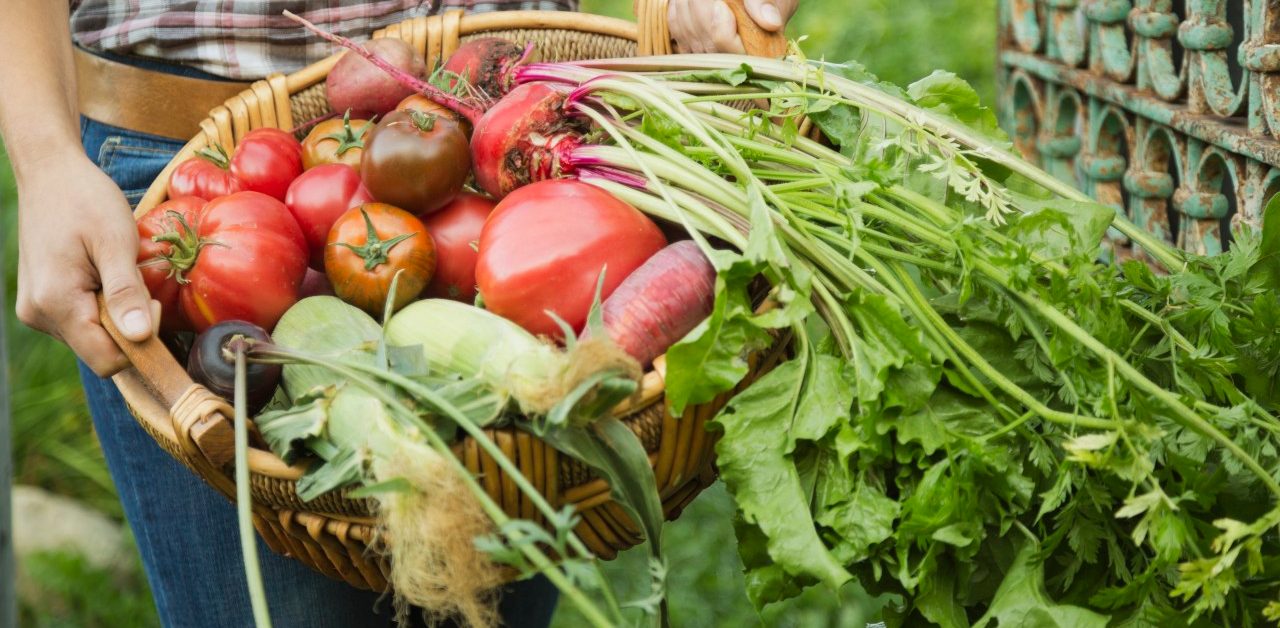How to Lower Blood Pressure with Lifestyle Changes

A low-salt diet with lots of fruits and vegetables and some low-fat dairy products may be as good as medication.
Any cardiologist worth his salt will tell you there are ways to control and even lower your blood pressure without taking medications. In fact, reducing your salt intake is one way.
As University of Chicago cardiologist Matt Sorrentino, MD, puts it: “Medications are adjunct to a optimal and aggressive lifestyle program for lowering blood pressure.
“It’s important for people to know that if they exercise regularly, lose weight, and eat a healthy diet, many times they can reduce the amount of medication or get off medication completely. A lifestyle-based program has been shown to reduce risk of heart attack and strokes as well as any medicine that’s out there.”
Adds cardiologist Craig Walsh, MD, of the Providence St. Vincent Heart Clinic in Portland, OR, “your efforts will show results in just a few weeks. Even if your levels don’t go down as far as needed, your drug therapy may involve fewer drugs and at lower doses.”
To make those lifestyle changes, both cardiologists recommend following the DASH (Dietary Approaches to Stop Hypertension) diet, developed by research sponsored by the National Institutes of Health (NIH).
The pillars of that diet — relatively low sodium (1 teaspoon or less than 2,400 milligrams per day), meals high in fruit and vegetables, and low-fat dairy products — can be as effective as medication for some people with mild hypertension, says the American Heart Association.
How to lower blood pressure
Exercise regularly. Walsh says that walking “briskly” for 30 to 45 minutes, five or six days a week, can lower blood pressure up to 10 points. He adds that combining the aerobic exercise with some type of resistance exercise, such as lifting weights, can also help build muscle and burn stored fat to keep you at an ideal weight.
Lose weight. If you are overweight, the reason you probably have high blood pressure is simple: excess weight can raise blood pressure. Guidelines recommend trying to maintain a “normal” body weight, defined as a body mass index (BMI) between 18.5 and 25. The Joint National Committee on the Management of High Blood Pressure in Adults estimates that for every 10 kilograms of weight, or 22 pounds, you lose it will lower blood pressure by 5 to 20 points.
Follow the DASH diet. In addition to the DASH recommendations to fill up on fruit and vegetables, the diet includes whole grains, healthy oils (olive and canola), foods rich in omega-3 fatty acids (salmon, tuna, flaxseed, walnuts), and avoidance of saturated and trans fats. If you want a guide that will help you follow the DASH diet, there is “The DASH Diet Weight Loss Solution” by author Marla Heller, RD, MS, who worked as a dietitian at the University of Illinois Medical Center in three cardiac-related units. She was also a civilian dietitian for the U.S. Navy.
Limit salt usage. The DASH recommendations include less salt in your diet, especially if you are prone to salt-sensitive hypertension characterized by a sudden jump in blood pressure. Walsh says that about half of Americans with high blood pressure are sodium sensitive, and it’s particularly common among African-Americans and people over age 65. Cutting salt in your diet can result in a range of benefits, from a small to “dramatic” improvement in blood pressure, depending on your level of salt sensitivity.
Drink alcohol in moderation, if at all. The DASH diet says women should have one drink or less a day, men two drinks or less a day. More than that tends to increase blood pressure. Oddly, with low levels of alcohol, blood pressure tends to drop, but with higher levels of alcohol arteries constrict more and blood pressure goes up, especially if you are a chronic drinker.
Other ways to lower blood pressure
Although the DASH diet doesn’t address recent research on the negative impact of sugar consumption on cardiovascular risk, “there’s no question that the American diet is way too high in refined sugar,” Sorrentino says.
“Sugar is a major part of the diet and a lot of (experts) now feel that part of the overweight and obesity numbers in this country are due to this increase in sugar in the diet. I think there’s data that supports this is probably true and we know if you gain weight, blood pressure tends to go up, so there is some correlation,” he says.
Walsh also suggests, based on studies, that calcium and potassium supplements lower blood pressure, but there is not enough data to recommend a particular dosage or say with certainty that taking those will indeed reduce blood pressure.
Chocolate lovers should take heed of recent findings that about an ounce a day of very dark chocolate — that means a cocoa content of at least 70 percent — tends to improve blood pressure.
And, Walsh adds, breathing techniques such as yoga and meditation can relax blood vessel walls and reduce blood pressure.
Medications can help lower blood pressure
With all those non-drug options for reducing blood pressure, it still needs to be said that “for people who are at increased risk of heart attacks and strokes medications have been life-saving and clearly have shown a reduction in heart attacks and strokes,” Sorrentino offers.
Blood pressure drugs are safe and usually have only mild side effects — and studies comparing older, cheaper blood pressure drugs with newer, more expensive ones found that one of the oldest and cheapest classes of drugs, thiazide diuretics, was as good, or better, then the newer more expensive ones.
In any case, if your doctor put you on a blood pressure drug after you worked on lifestyle changes, be sure to take it as prescribed. Do not, under any circumstances, stop taking it without consulting your physician first.
Updated:
March 02, 2020
Reviewed By:
Christopher Nystuen, MD, MBA